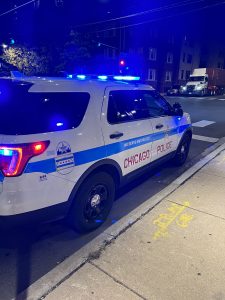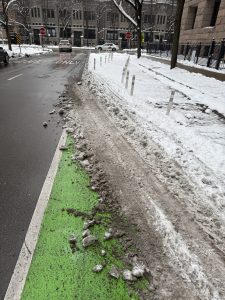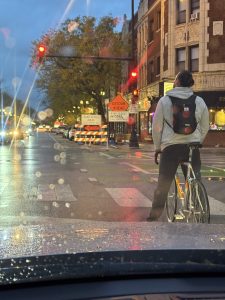Trucking cases turn on paper, data, and the consistent systems that a motor carrier must run every day and then produce when something goes wrong. Federal Motor Carrier Safety Regulations require carriers to preserve and produce safety-related records, and they also require cooperation during investigations. A carrier must make accident records available to authorized investigators and provide reasonable assistance, including full and truthful answers. That obligation matters in civil litigation because plaintiffs often need the same core information to prove what happened, who controlled the operation, and whether the carrier ignored known safety risks. The Chicago trucking accident attorneys of Zneimer & Zneimer PC are familiar with the recordkeeping obligations of commercial carriers.
Start with the most direct recordkeeping duty. The regulations require each motor carrier to maintain an accident register for three years after the date of each accident. The register must include key fields that map neatly onto civil proof issues, including the date and location, the driver’s name, counts of injuries and fatalities, and whether hazardous materials were released. The regulations also contemplate preservation of official accident documentation, including copies of accident reports required by states, other governmental entities, or insurers.
In litigation, that accident register and those reports help identify every prior crash the carrier had to log, and they can expose patterns: repeat rear end collisions, repeated lane departure events, recurring brake issues, or a driver who keeps showing up in preventable incidents. Plaintiffs use that history to prove notice, to challenge “this came out of nowhere” defenses, and to support negligent hiring, negligent retention, negligent entrustment, and punitive exposure when a carrier kept rolling the dice.














